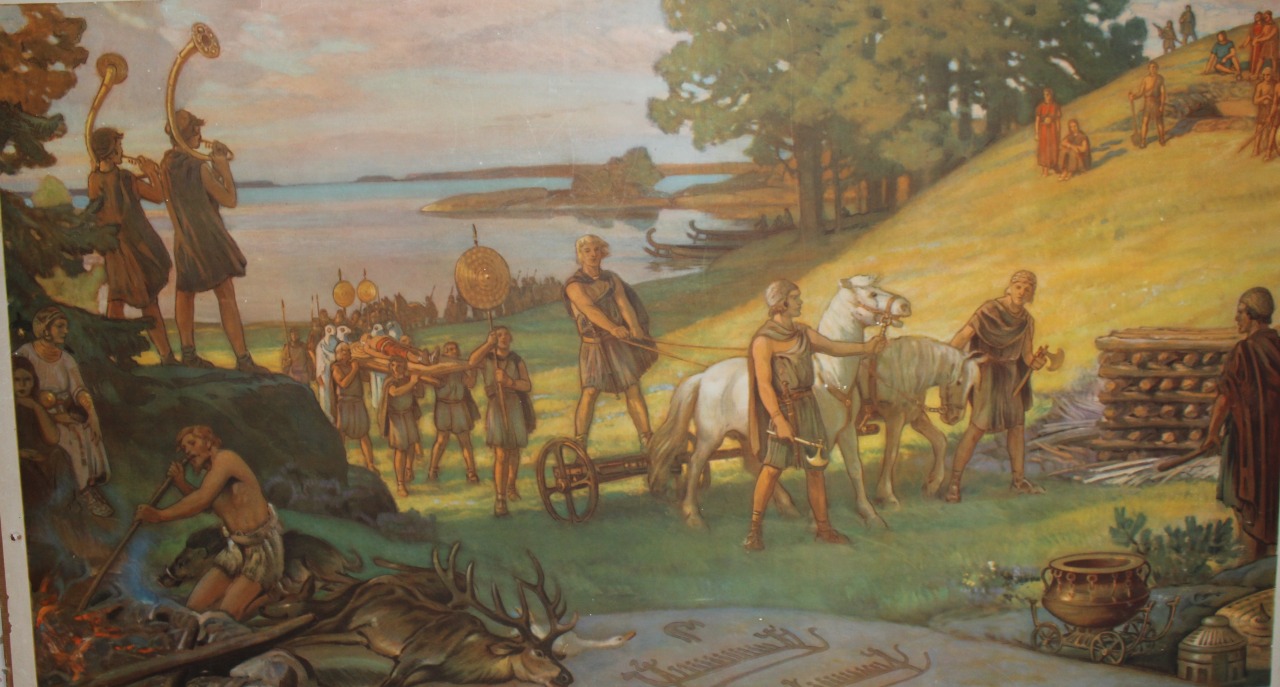Leading geneticist David Reich's recent interview with Atlantic reveals so much about how the field is simultaneously challenging left wing narratives of history and science, and also being used to shape them.
Since WWII, historians and archaeologists have disputed long held beliefs about ancient population replacements. Epochal events like the Anglo-Saxon migration, the spread of the Indo-Europeans and the Northern origin (Corded Ware) of the Aryans of India were all either "re-examined" or dismissed entirely as the product of "old" Nationalistic ideas. Genetic science is now vindicating many of the early 20th century theories, causing a great deal of kvetching in the ivory towers.
"Reich: So after the Second World War, there was a very strong reaction in the European archaeological community—not just the Germans, but the broad continental European archaeological community—to the fact that their discipline had been used for these terrible political ends. And there was a retreat from the ideas of Kossinna.
Zhang: You actually had German collaborators drop out of a study because of these exact concerns, right? One of them wrote, “We must(!) avoid ... being compared with the so-called ‘siedlungsarchäologie Method’ from Gustaf Kossinna!”
Reich: Yeah, that’s right. I think one of the things the ancient DNA is showing is actually the Corded Ware culture does correspond coherently to a group of people. [Editor’s note: The Corded Ware made pottery with cord-like ornamentation and according to ancient DNA studies, they descended from steppe ancestry.] I think that was a very sensitive issue to some of our coauthors, and one of the coauthors resigned because he felt we were returning to that idea of migration in archaeology that pots are the same as people. There have been a fair number of other coauthors from different parts of continental Europe who shared this anxiety."
Although population geneticists like Reich are regarded as a threat to the comfy hug-box that modern historians and archeologists have created, with Reich comparing his team to "barbarians at the gates", he is still just as much a part of the zeitgeist as the archeologists. He says, "You have to be more open to immigration. You have to be more open to the mixing of different peoples. That’s your own history."
Slavs, Germanics, Celts, the Romans, the Iranics and the Aryans etc are all directly descended from the Corded Ware peoples of Northern and Eastern Europe and these people were like modern Nordic/Baltic/Slavic people. This fact makes the establishment nervous so it needs to be sanitised by calling them "immigrants" saying they "came from the East" etc - They want to equate a conquering, ruling people with modern economic migrants, so that instead of being ignited with pride by the achievements of your ancestors, you instead shame them by destroying their legacy. Don't dismiss modern science as "left-wing lies", instead pick out the real facts from within the narrative-friendly media statements.





